On November 13, the National Assembly returned to the discussion group on the investment policy for the high-speed railway project on the North-South axis.
Before the discussion in the group, Minister of Transport Nguyen Van Thang, authorized by the Prime Minister, submitted to the National Assembly the investment policy for the high-speed railway project on the North-South axis. Presenting the report, Minister of Transport Nguyen Van Thang said that the railway line starts in Hanoi (Ngoc Hoi station) and ends in Ho Chi Minh City (Thu Thiem station), passing through 20 provinces and cities, with a length of about 1,541km.
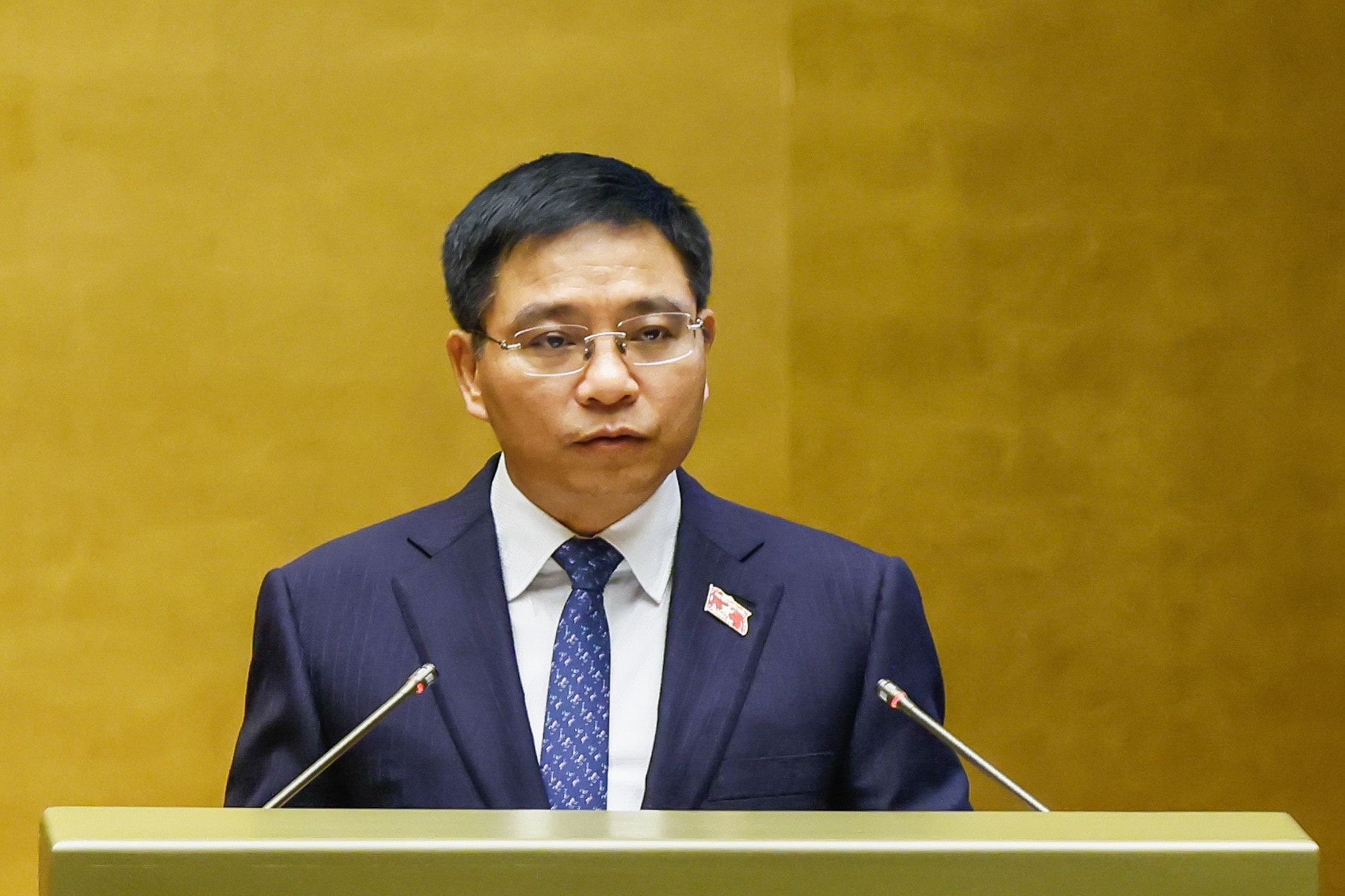
According to Mr. Thang, in terms of investment scale, the new high-speed railway on the North-South axis will be double-track, 1,435mm gauge, electrified, with a design speed of 350km/h and a load capacity of 22.5 tons/axle. It will transport passengers, meet dual-use requirements for national defense and security, and can transport goods when necessary.
The Government has preliminarily proposed that the total land use demand of the project is about 10,827 hectares, with a resettlement population of about 120,836 people. The preliminary total investment is about 1,713,548 billion VND (about 67.34 billion USD). It is expected that the state budget will be allocated in the medium-term public investment plan to complete the project by 2035, with capital allocated over about 12 years (from 2025-2037).
Examining the above issue, Mr. Vu Hong Thanh, Chairman of the National Assembly's Economic Committee, said that it is necessary to carefully study and consider the limit of 20% of the total capital of the previous medium-term public investment plan, and the ability of state budget resources to meet the demand as well as public debt safety.
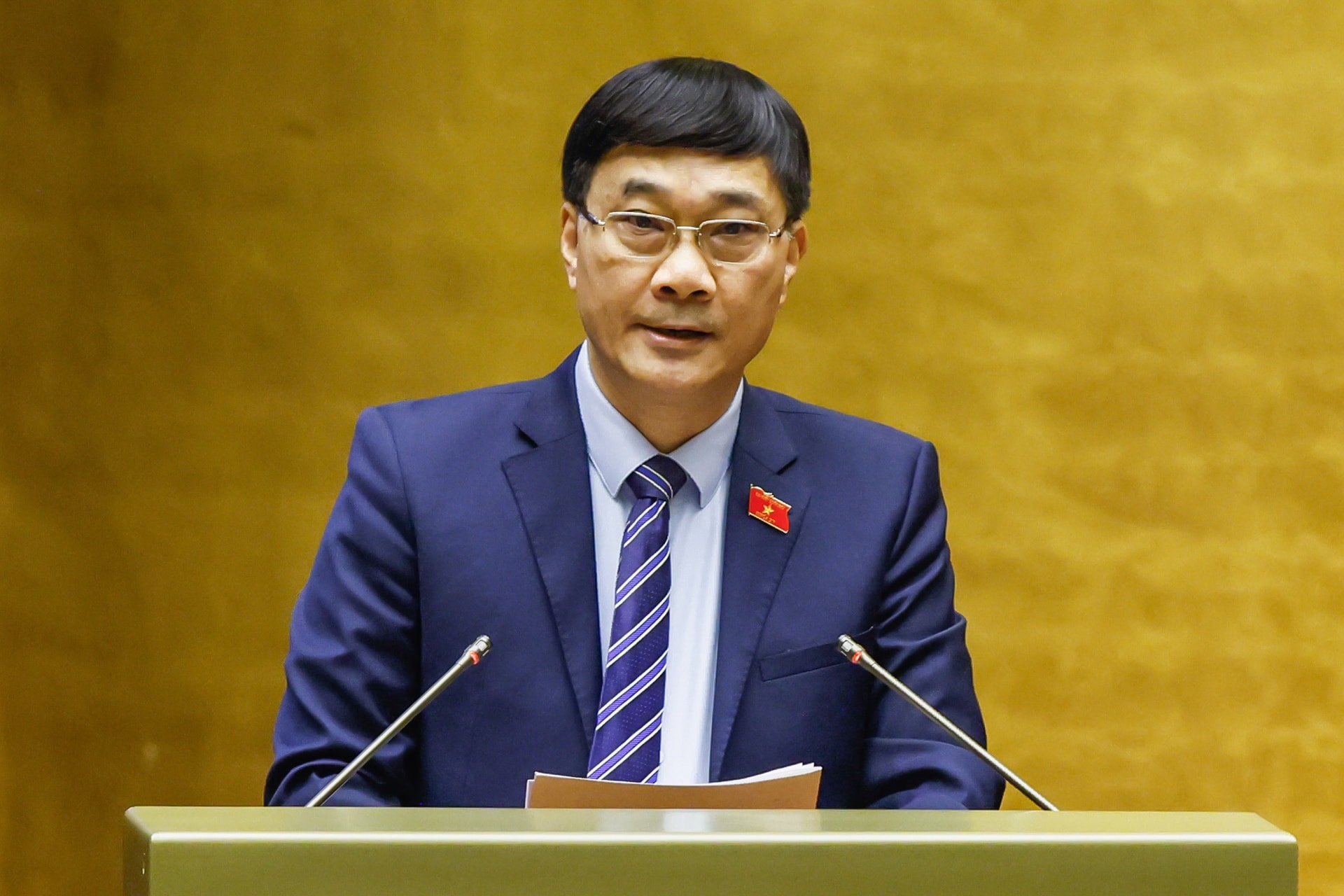
“After the expected completion date of the project (2035), from 2036 to 2066, the annual operating and maintenance costs of the project will be over VND25,000 billion and the payment plan is unclear. Therefore, in order to have a basis for the National Assembly to consider and decide, we request the Government to report more clearly on the capital allocation plan and the ability to balance the state budget capital used for the project,” Mr. Thanh stated.
Considering this is the "ripe" time to implement the project, however, Deputy Nguyen Anh Tri (Hanoi Delegation) is concerned that the dual-use of the project is not clear, how can it not only wait for people but also transport goods for export such as: fruits, fish, shrimp.
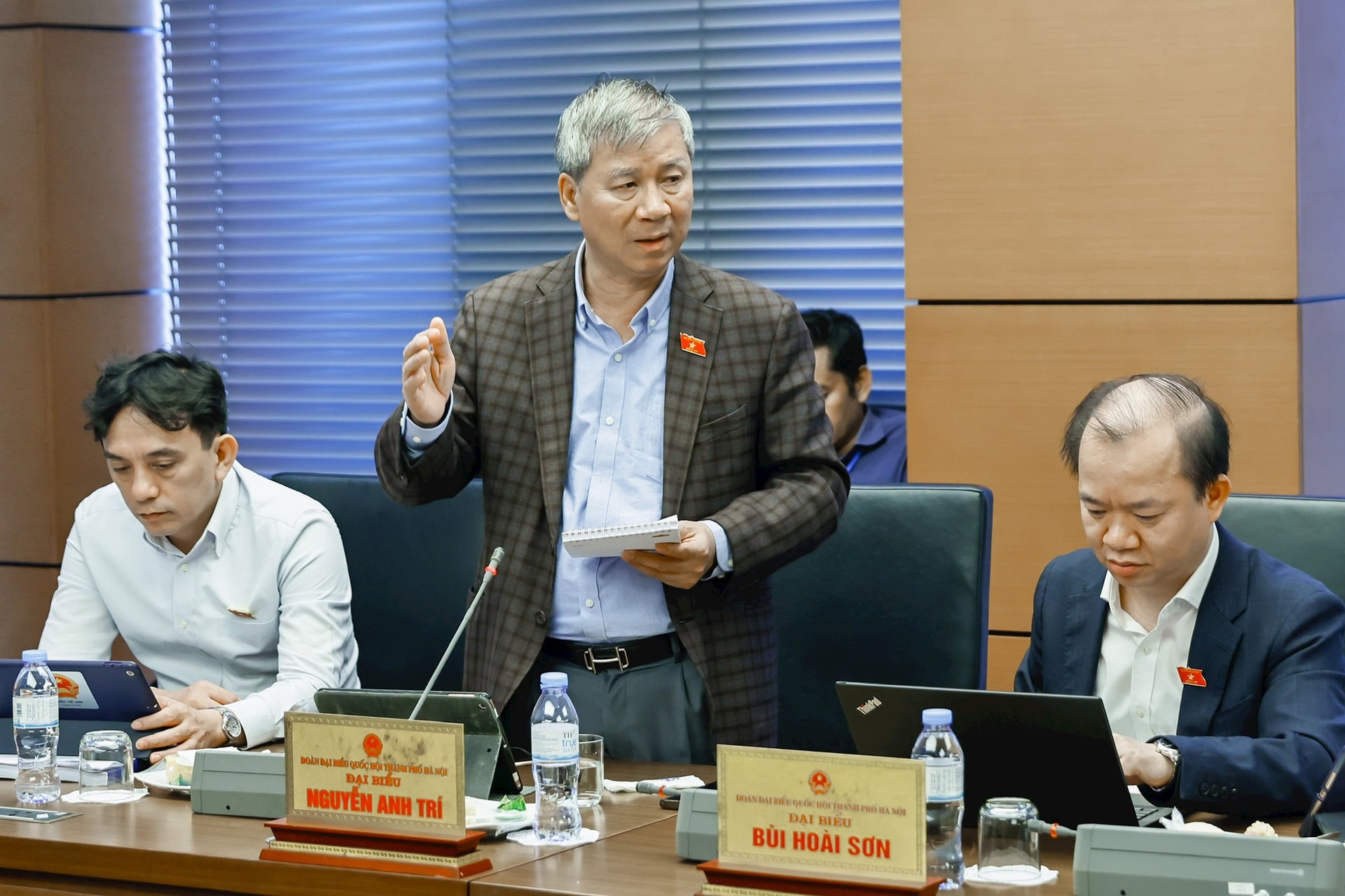
Mr. Tri also wondered how to exploit this project effectively, because the annual operating cost is 1 billion USD (over 25,000 billion VND). “The time to complete the project starting in 2027 and finishing in 2035 is a challenge, so the project construction process needs to be faster. Because the faster the construction, the more beneficial it is, helping to reduce traffic congestion,” said Mr. Tri.
Delegate Hoang Van Cuong (Hanoi Delegation) also said that it is necessary to build a North-South high-speed railway because we have a long country with key economic zones. Therefore, it is necessary to have connections with economic zones to create spillover, avoiding the situation of concentrating on a few big cities, while other places on that axis cannot develop.
According to Mr. Cuong, the current bottleneck is the logistics problem, which cannot attract investment for development, so when this route is completed, it will solve the logistic bottleneck, especially the North-South freight transport.
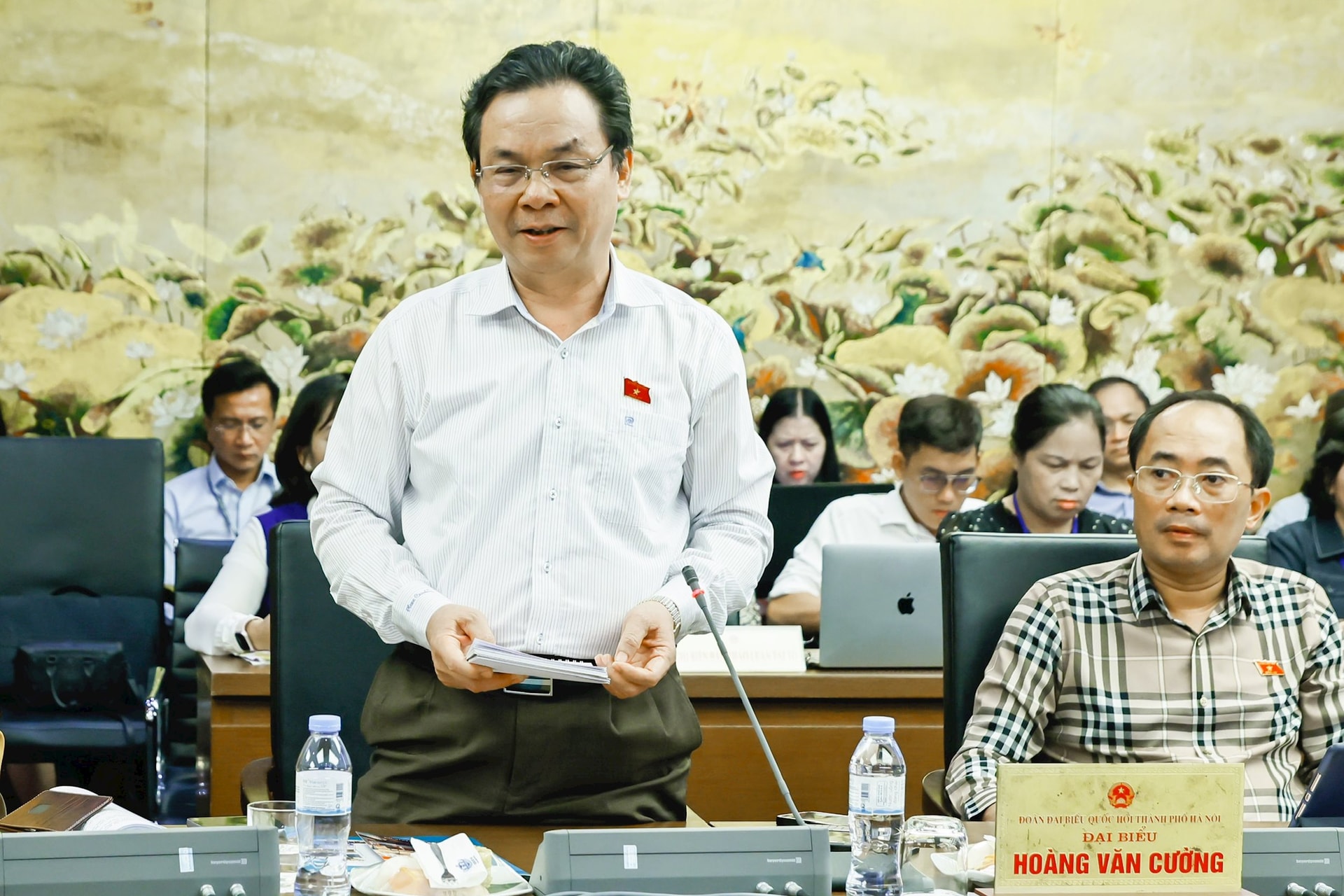
“Currently, the export of goods is leaning towards a very large market. Therefore, we must promote the market to Europe and the Middle East. Therefore, there is no other way than the North-South high-speed railway. “Developing a railway connecting to the railway system will solve the problem of exporting goods. I hope to develop this railway to solve the problem of logistics, transporting goods for export, and connecting with the international market,” said Mr. Cuong.
However, Mr. Cuong is concerned that the proposed railway route will only transport passengers, and transport goods only when necessary.
Mr. Cuong pointed out that currently, goods are mainly transported by road. Therefore, it is proposed that this route be dual-use, including both goods and passengers to solve the need for international freight transport. If there is no international connectivity, it will be a "trap" in the investment process. In particular, we must master the technology, be investors and contractors, and cannot hire foreign contractors. Now, buying equipment, when the project is completed, we continue to depend on equipment, operation, and repair. This becomes a burden, a debt for all future generations.
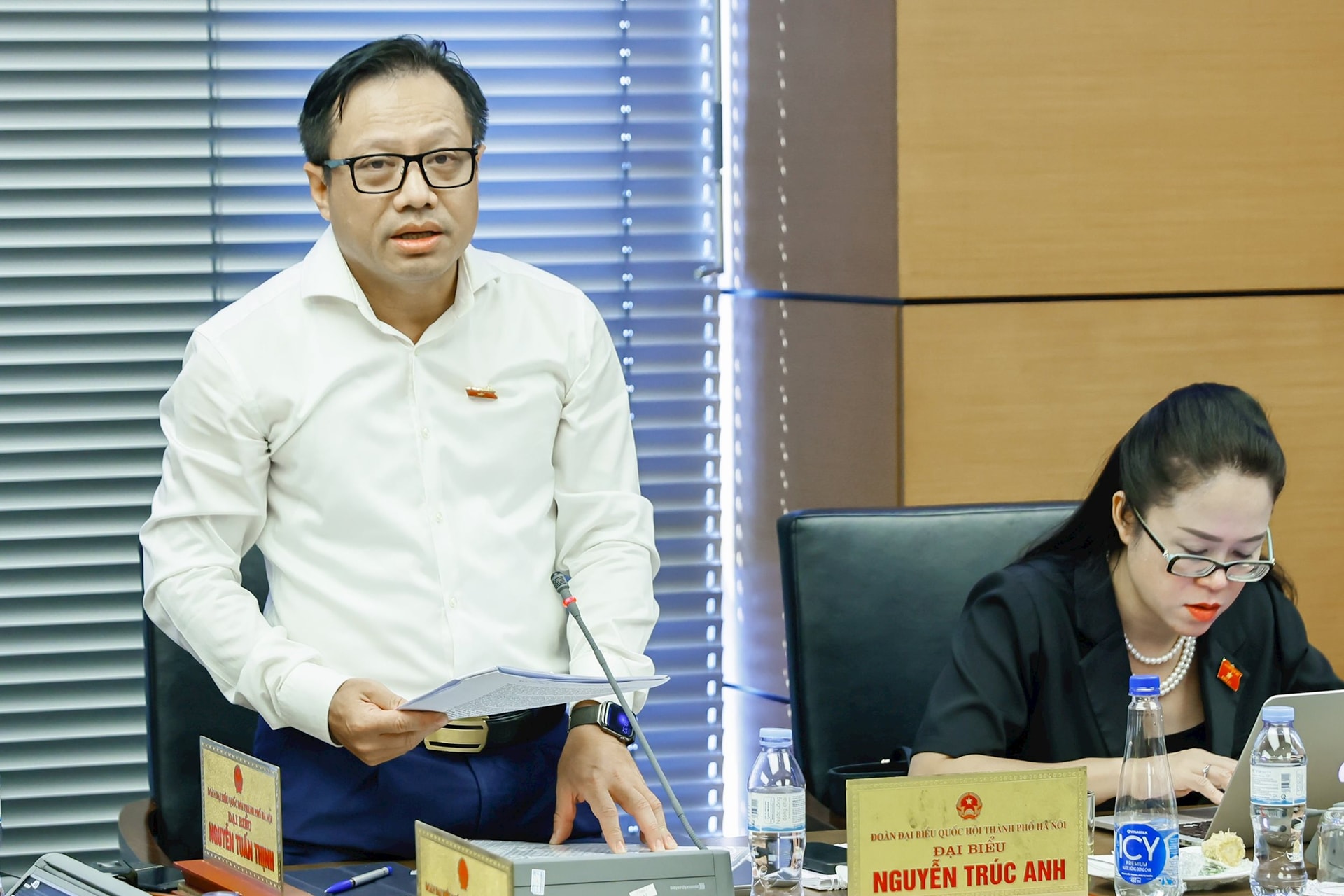
Deputy Nguyen Truc Anh (Hanoi Delegation) also commented that Vietnam's railways are developing very slowly compared to other countries in the world. Mr. Anh said that it is necessary to consider this issue as a key national program, a program to upgrade the railway sector and supporting industries; the North-South high-speed railway is a project in this program.
“Urban railways are very important. I cannot imagine that in the next 30 years, any form of transport can replace urban railways, especially in cities with over 1 million people,” Mr. Anh said.
Source: https://daidoanket.vn/du-an-duong-sat-toc-do-cao-tren-truc-bac-nam-phai-co-tinh-luong-dung-10294390.html


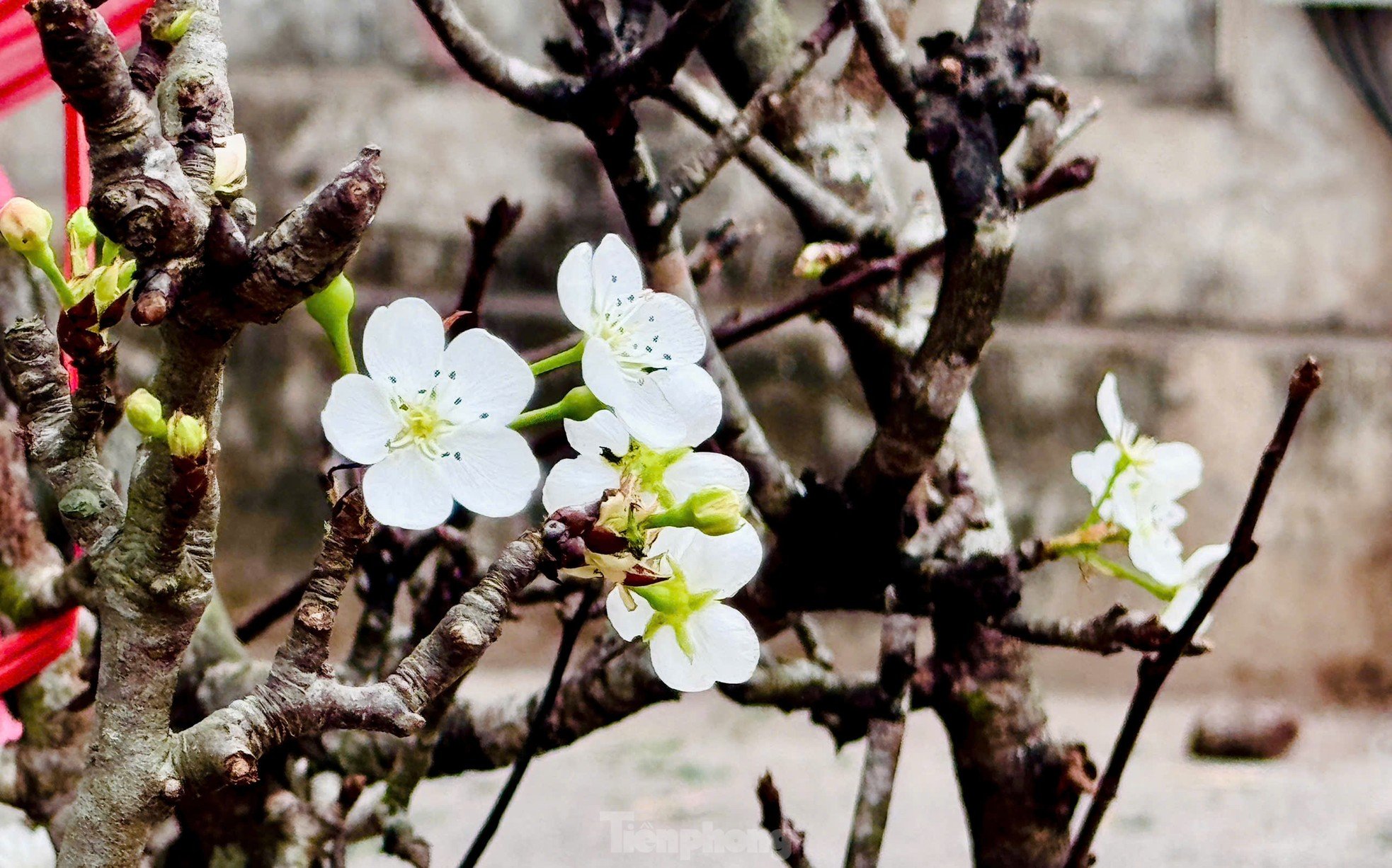

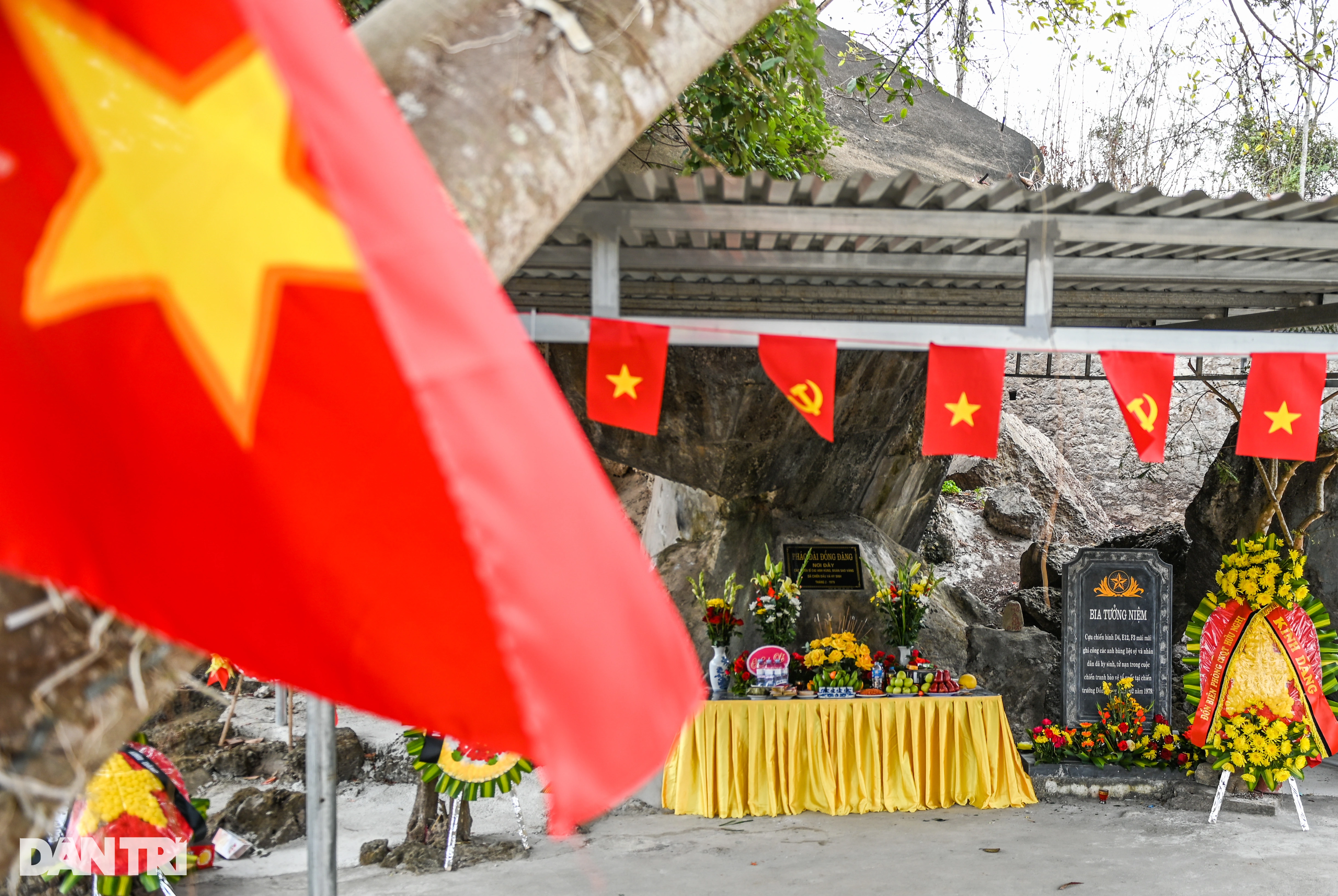

























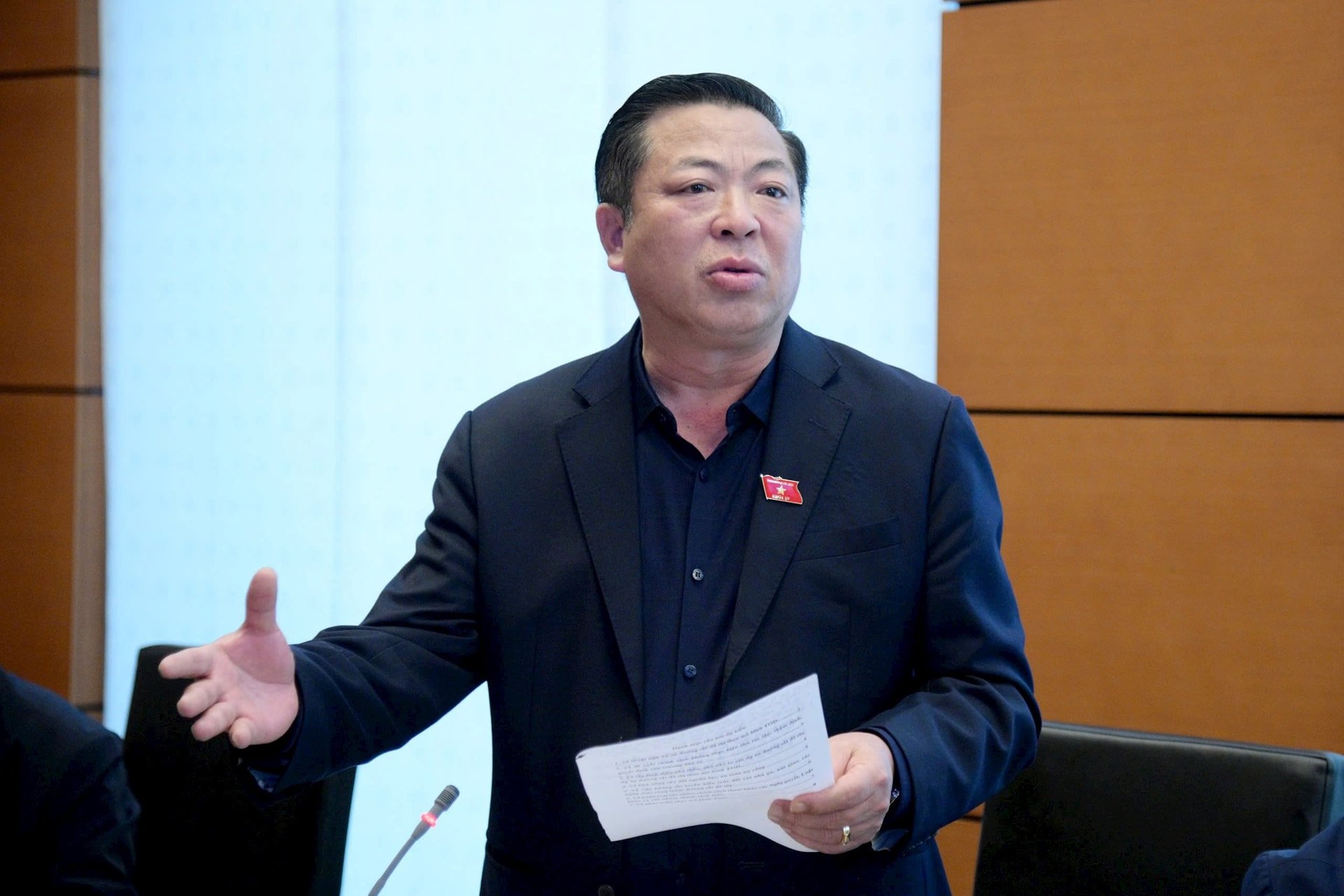
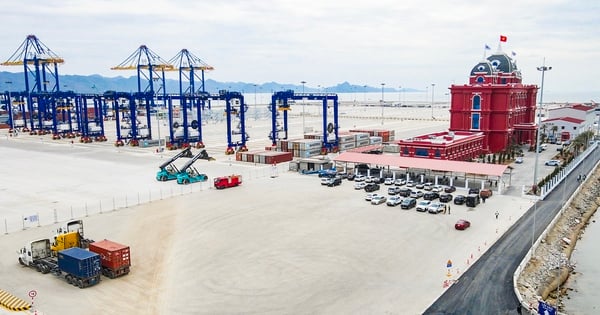

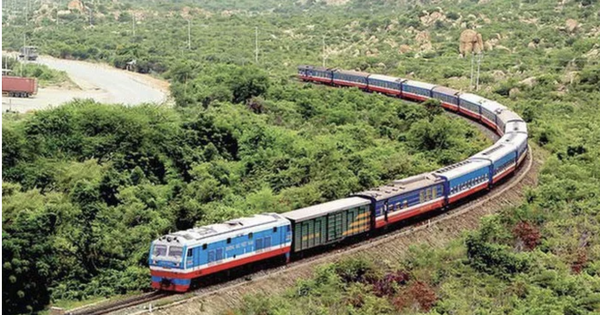

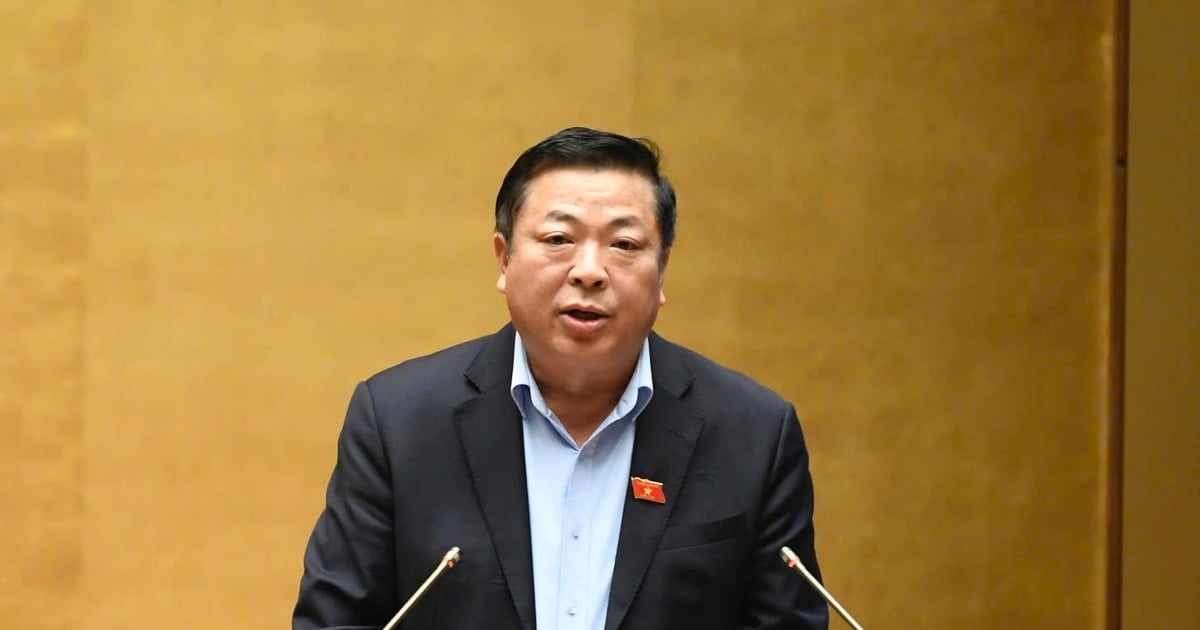
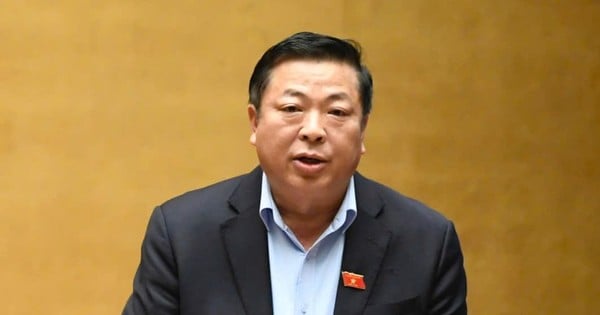

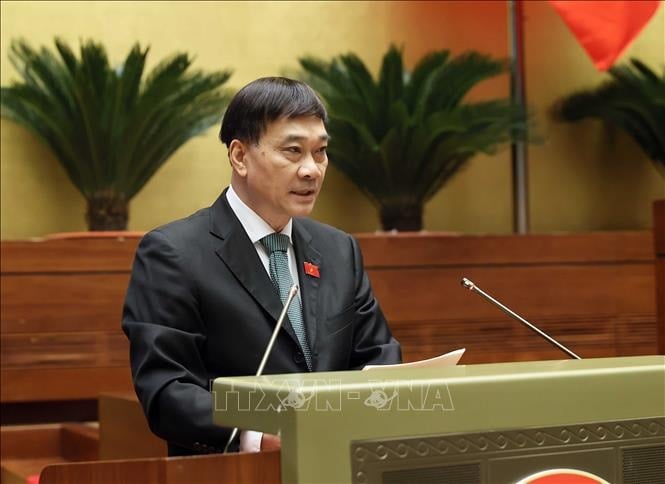
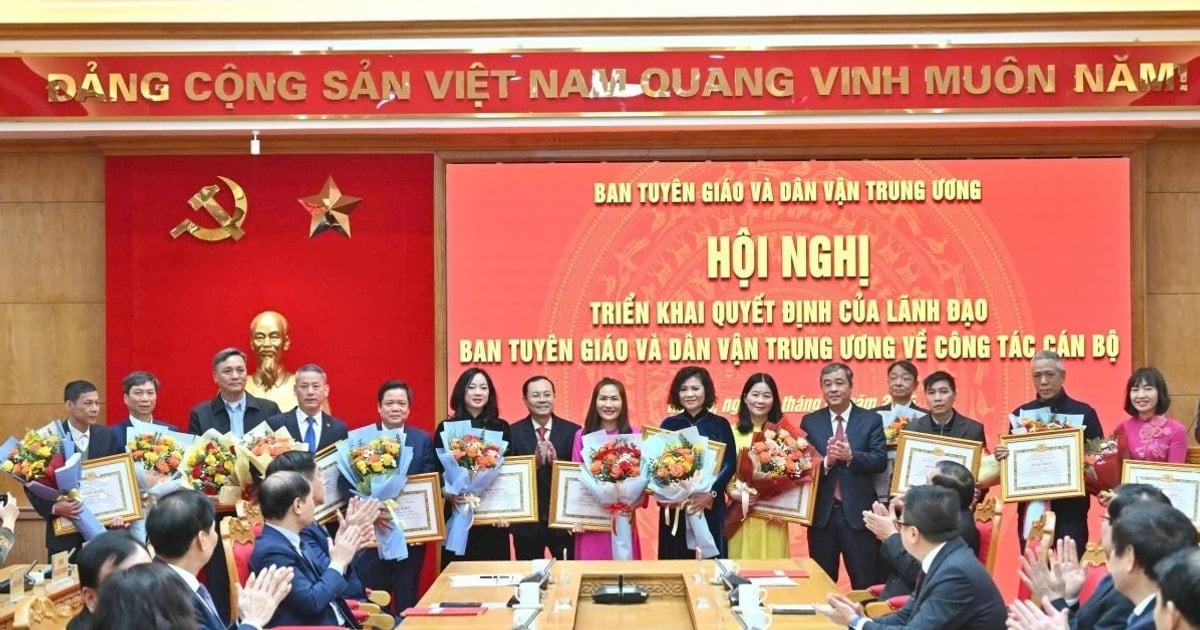
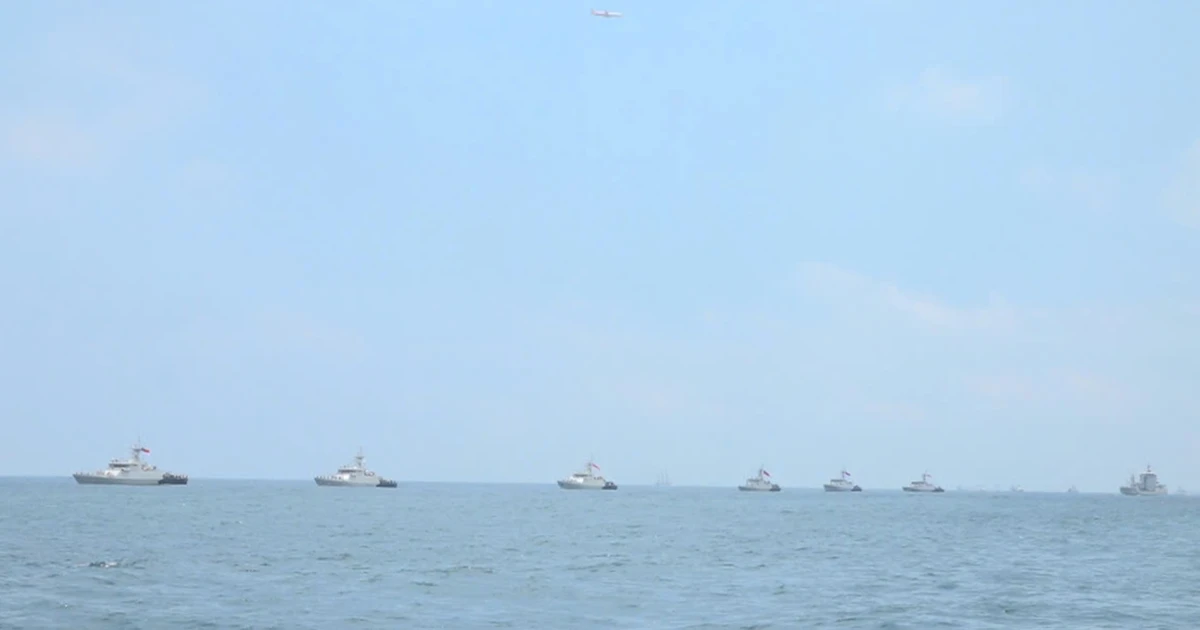

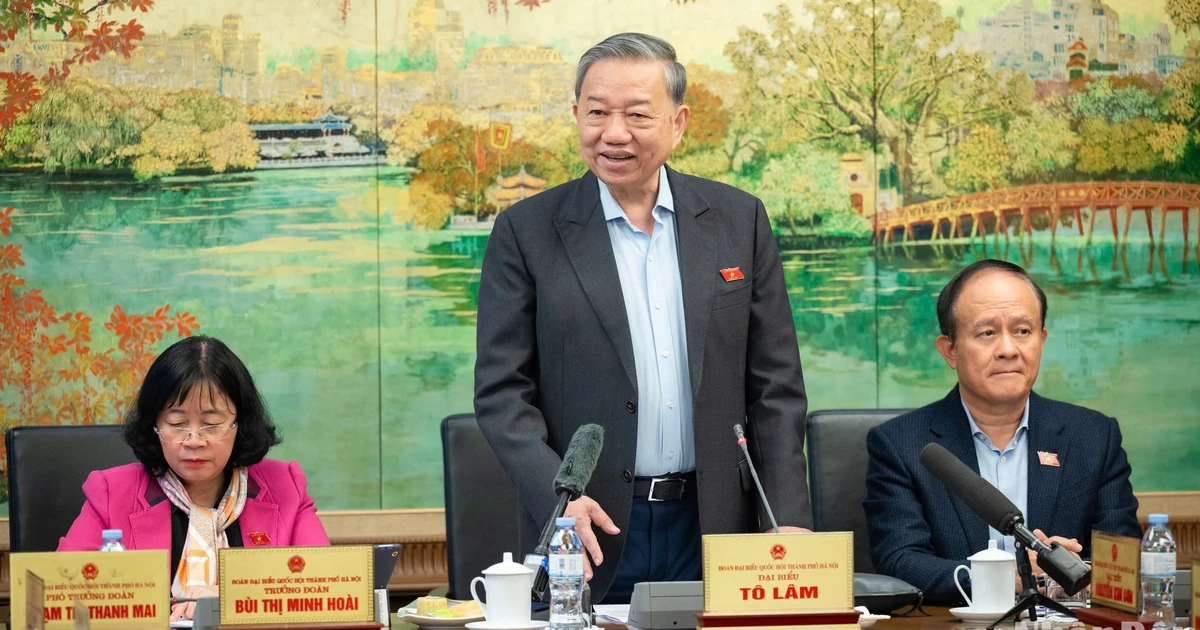
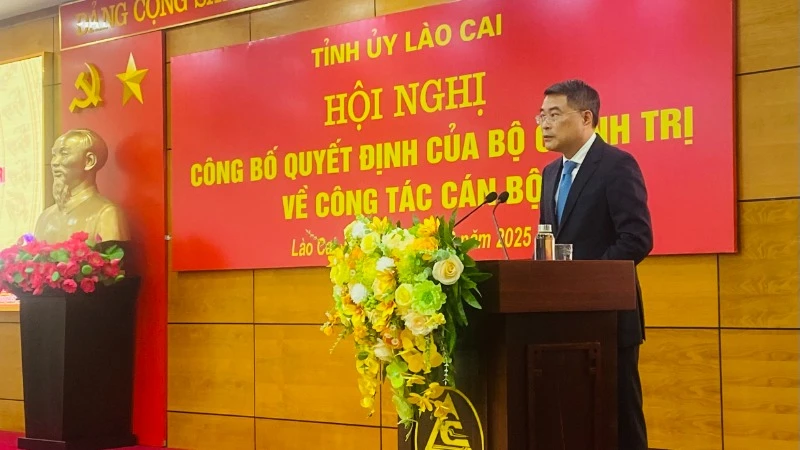
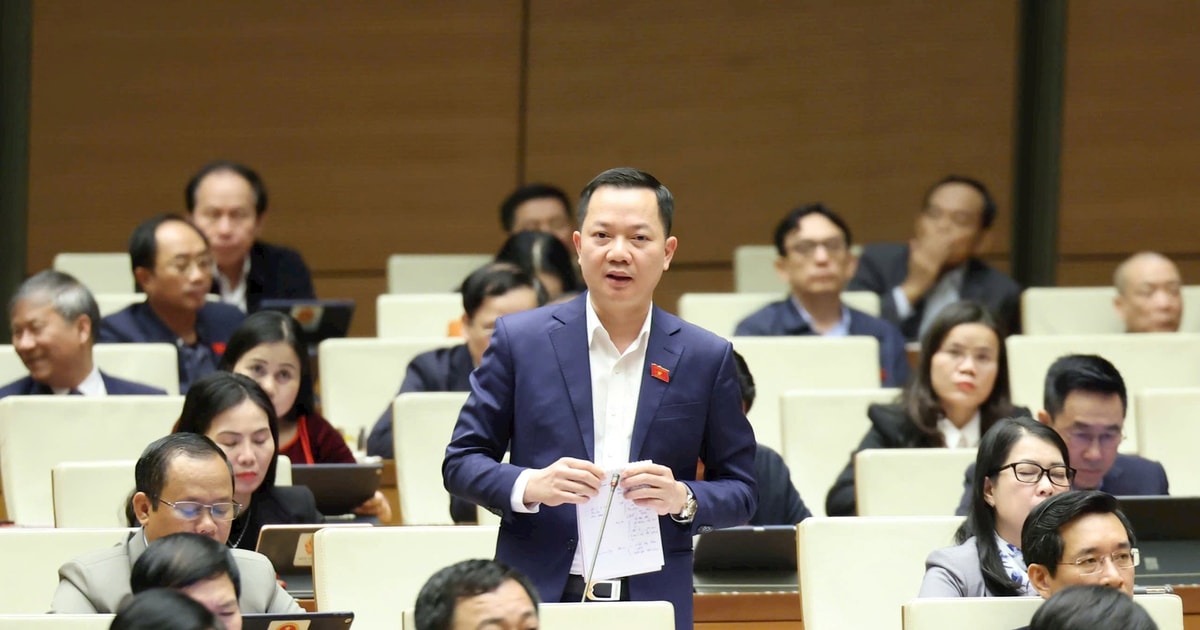
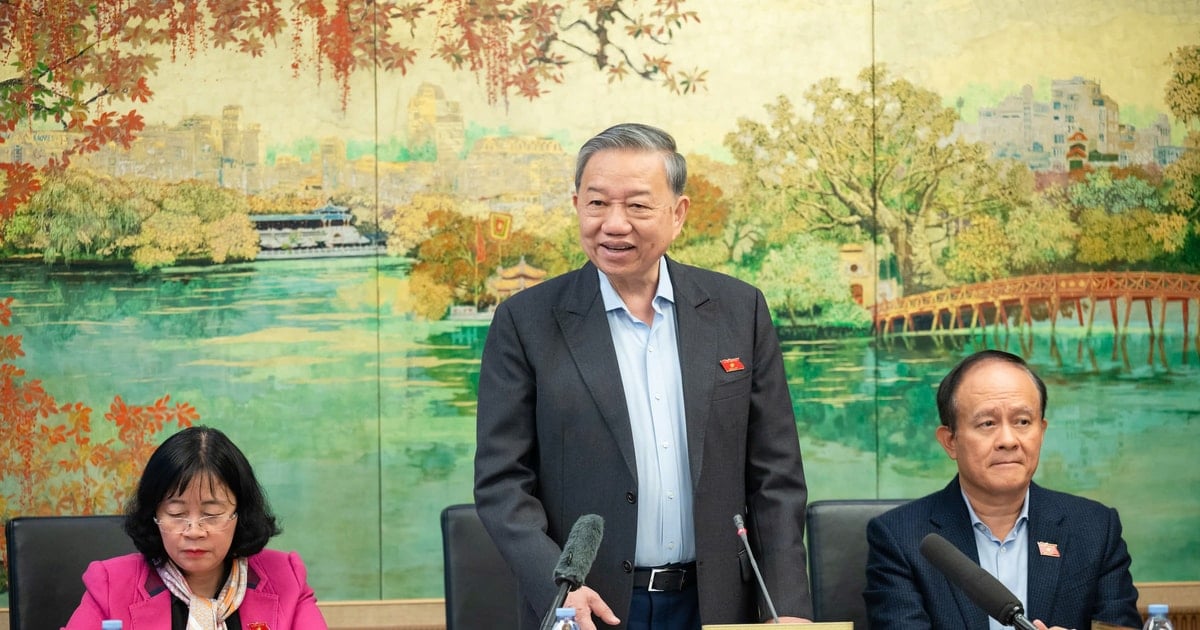
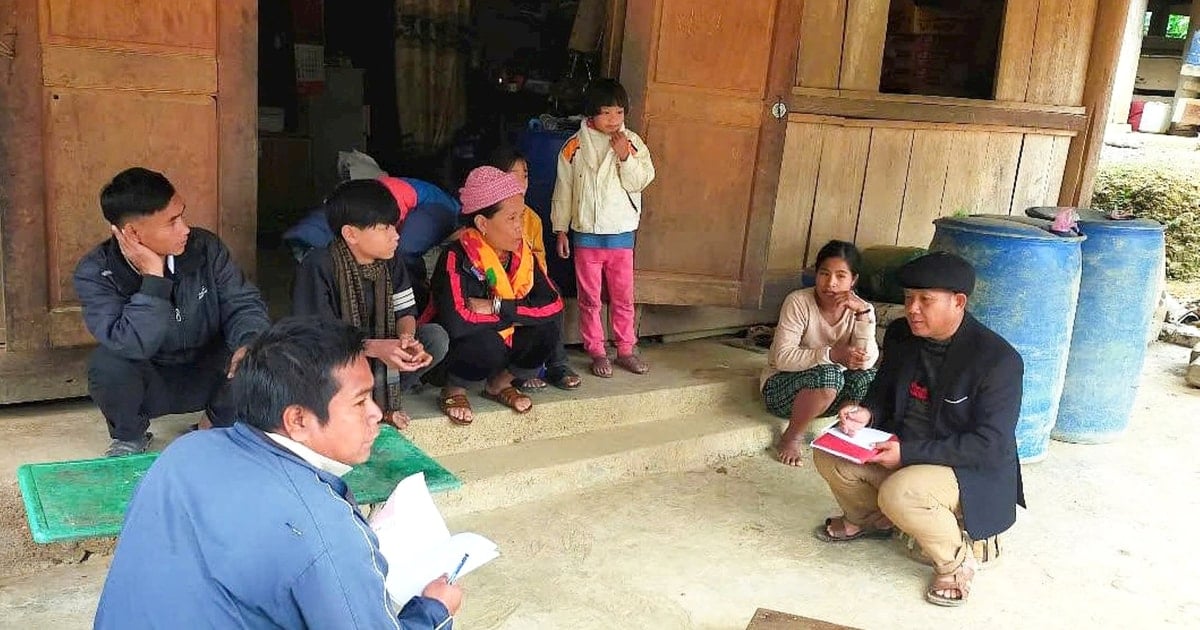
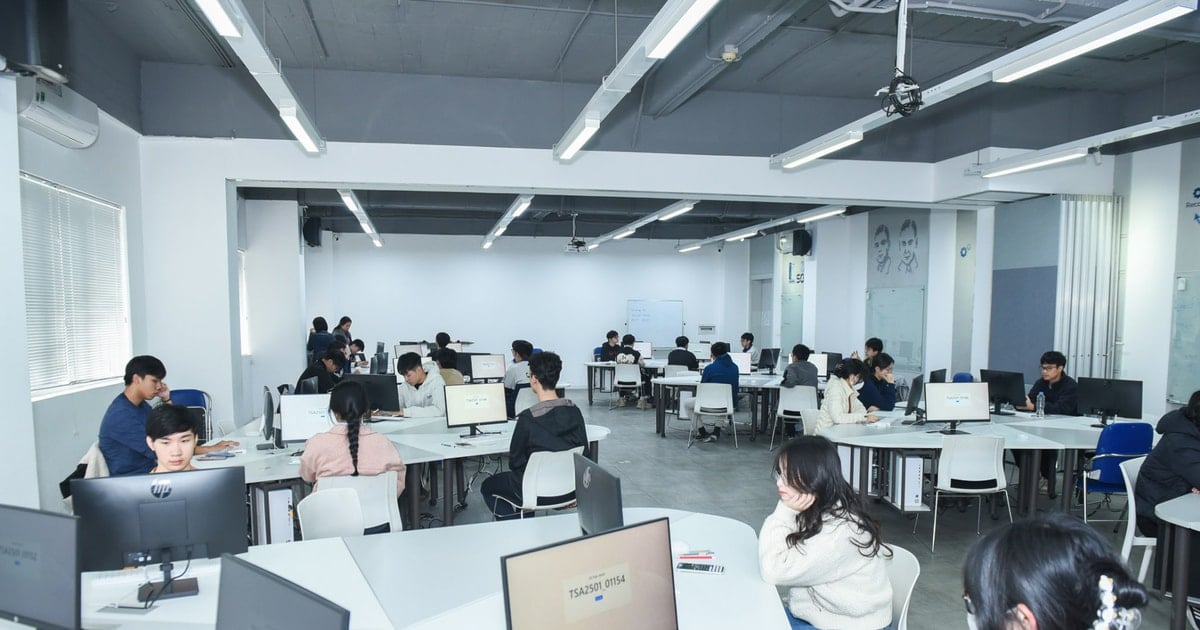





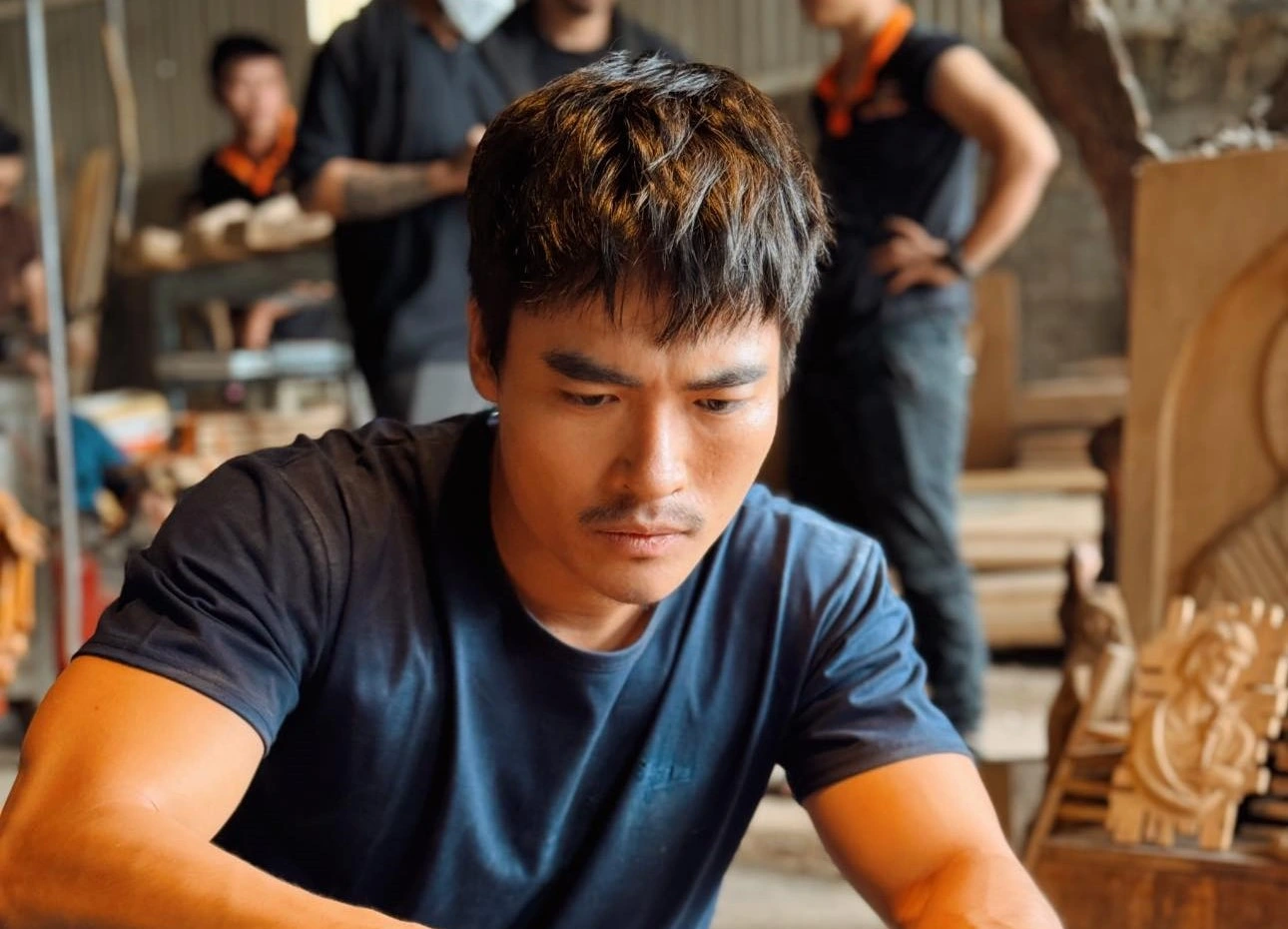









Comment (0)